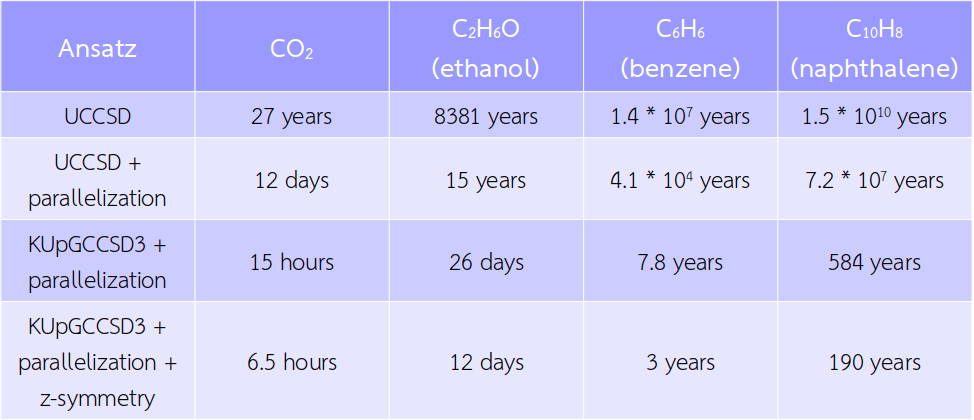When considering cybersecurity and quantum computing most would think about Shor's algorithm and how it will be used one day to compromise the current encryption algorithms on the internet. However, there is a different perspective on cybersecurity in the context of quantum computing, namely the security of quantum computers themselves. Together with
Bitdefender, we have released at Black Hat USA 2024 a
white paper which documents the first comprehensive study on the security of quantum computers and quantum computing in the NISQ era.
What will be the first concrete practical application for which quantum advantage will be achieved?
First we assume that error correction is not yet available, which rules out many well-known
quantum algorithms like Grover and Quantum Phase Estimation. Many of the promising applications in Machine Learning require the existence of QRAM,
a device that does not exist yet. For large-scale optimization tasks, while promising quantum heuristics exist, the case for
quantum advantage has not been made convincingly enough theoretically for gate based quantum computers. Simulation of physical systems for chemistry and materials science is one instance of a problem for which the input data size is small enough such that it can be easily loaded on current NISQ devices, while the existing classical solutions are known to scale exponentially with system size. This makes many of us to believe that chemistry will be the field where quantum computers will first deliver real value.
One algorithm that is accessible in the NISQ era is the Variational Quantum Eigensolver (VQE). We conducted a study on the run-time needed for calculating the ground state energies of several molecules using VQE. The results are not particularly encouraging by themselves, pointing out that more research is needed. On a more positive note, there is some evidence that spin-lattice models scale better than molecules at the price of using more qubits.
